Introduction: Clinical Data, AI, and Patient Trust
Few industries handle data as sensitive as your healthcare data. Patient records, lab results, insurance claims, and clinical notes reveal deeply personal details. Regulations like HIPAA have long enforced protections, but with AI now increasingly at the forefront, safeguarding PII and PHI is more critical than ever.
Clinical data, when responsibly used, empowers AI to detect disease earlier, personalize treatments, optimize care coordination, and ultimately save lives. But leaning into AI without proper privacy measures risks leaking sensitive information either through direct exposure or through inference risk. Once PHI is absorbed into a model’s weights, it cannot simply be deleted. Retraining is the only path costly, time-consuming, and slows innovation.
The path forward in healthcare is clear: audit the data from the start, embed privacy in design with continuous semantic discovery, and move safely at speed.
The Three Roads Every Healthcare AI Development Team Faces
Healthcare teams often consider three paths some are quicker than others, but only one is truly responsible:
- Overprotect and stall. Freezing access to all data reduces risk but delays models that could detect radiology abnormalities or predict readmissions. Time lost here is time patients wait.
- Shortcut and hope. Using unreviewed or live patient data may speed pilots, but in healthcare where HIPAA compliance and patient trust are paramount, it’s a legal and ethical minefield. Even seemingly trivial shortcuts like pulling production data without full de-identification vs anonymization can lead to major violations.¹
- Smarter privacy. The sustainable path. Start with discovery, apply contextual protections, enforce consent rules, and provision safe datasets rapidly. It’s both fast and compliant.
Only the third option achieves innovation and responsibility.
Why Data Discovery Matters for Healthcare AI Compliance
Clinical datasets are vast and fragmented spanning EHRs, imaging systems, notes, backups, and logs. Masking or policy-only protection is insufficient unless you know what’s there.
- Without discovery, PHI may slip into training data, triggering liability and expensive retraining.
- With semantic discovery, every data source gets mapped, consent-tagged, and risk-scored so AI teams can train without exposing identities.
Discovery isn’t just risk mitigation; it’s what unlocks safe AI innovation.
Common Privacy Failure Modes in Healthcare AI Models
AI initiatives often fail in familiar patterns:
- Direct leaks. Identifiers like MRNs or claims data get baked into model weights.
- Inference risk. Seemingly benign fields like timestamps or location codes may be combined with external data, revealing identities.
- Weak masking. Shuffle-based obfuscation maintains patterns that can be reversed.
- Exception creep. Live data used temporarily in test environments becomes part of long-term pipelines—and eventually, part of launched models.
These practices undermine AI compliance and trust—but all are preventable with discovery-first approaches.
Healthcare Privacy Failures in the Real World
These real-world cases show how fragile PHI is when governance falls short:
- AI Chatbot Misconfiguration (U.S. Hospital): An AI-powered scheduling tool leaked sensitive patient details to third-party analytics—without consent. A textbook HIPAA violation highlighting how fast privacy can break.²
- Imaging Center Cloud Breach: A misconfigured cloud environment exposed patient names and diagnostic imaging, revealing how unsecured AI data pipelines can backfire.²
- Therapy Records Exposed: Confidant Health, a virtual mental health provider, accidentally exposed over 120,000 files and 1.7 million logs—including session transcripts and videos—via an unsecured database.³
- Psychotherapy Notes Extortion (Finland): The Vastaamo clinic data breach leaked session records from ~30,000 patients who were then individually extorted. The attack triggered legislative improvements in data protection.⁴
Lessons:
- Misconfigurations within AI systems can rapidly expose PHI.
- Without semantic data discovery, sensitive information lurks undetected in backup logs or unstructured fields.
- Weak protections fail under scrutiny.
- Ongoing monitoring is crucial to catch PHI before it’s exploited.
Discovery-first privacy isn’t just best practice it’s about safely innovating for the future.
Healthcare AI Data Compliance Best Practices: Smarter Controls for PHI
Strong AI needs smart privacy:
- Continuous semantic discovery. Scan across EHRs, notes, imaging, and backups.
- Consent management workflows. Ensure treatment vs. training use is clearly defined.
- Context-aware protection. Use irreversible transforms and reduce precision on linkers.
- AI audit and monitoring. Detect PHI exposure before it hits outputs.
- Self-service safe data. Enable researchers with compliant datasets instantly.
The safe path becomes the smoothest path when privacy is embedded in design.
Conclusion: Data Privacy as the Foundation of Healthcare AI Innovation
Clinical data is both incredibly valuable and deeply sensitive. Mishandled, AI becomes a threat. Protected with data discovery-first, consent-aware architecture, AI becomes a healer.
Responsible AI governance is not an obstacle, it’s the foundation for accelerating safe, transformational healthcare technology.
The best time to secure PHI in AI was before development. The second-best time is now.
References
Kanter G. AI chatbots and HIPAA risks in healthcare. USC Price Post. July 2023.
Holt D. HIPAA violations in the AI era: Real-world cases and lessons learned. DJ Holt Law. February 2025.
Fowler J. Therapy sessions exposed due to unsecured database at Confidant Health. Wired. Sept 2024.
Ralston R. Vastaamo psychotherapy breach case study. NIH PMC. 2024.
